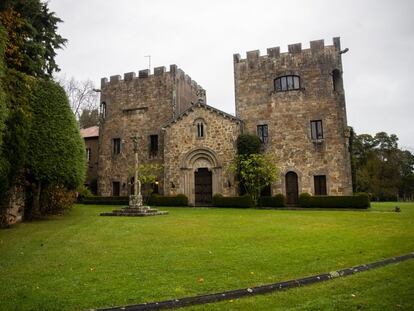The tiny treasures of Franco’s victims
A compilation of the personal belongings found among bones and bullets marks the 20th anniversary of the Association for the Recovery of Historical Memory
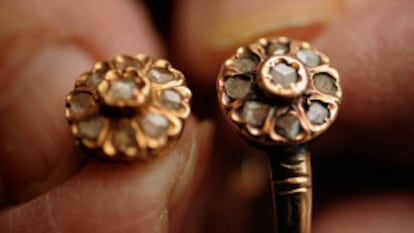

On the day she was killed, 32-year-old Republican María Alonso was wearing a single earring because she had an infection in her left ear. When the grave she shared with nine men was opened in Izagre, León, in 2008, forensics searched hard and long for the second earring. But then Josefina Alonso, 91, explained that her sister had left it at home and showed them the ring she had fashioned from it. “I’ve never taken it off,” she said.
In 2006, Ampelio Antón traveled to a mass grave in Lerma, Burgos, looking for a watch. The last memory he has of his father is of them embracing before they took his father away in a van with the watch on. “It had a luminous face; it was beautiful,” he said.
In 2006, Toru Arakawa, a 68-year-old Japanese man, cried when he came across a wedding ring among the skeletons of an assassinated couple and their two children and thought of his wife’s bewilderment when he explained to her that he wanted to help recover the remains of the victims of Spanish Civil War and Franco dictatorship, which lasted from the end of the war in 1939 to Francisco Franco’s death in 1975. A few years later, having become one of the most beloved volunteers of the Association for the Recovery of Historical Memory (ARMH), he said: “When I saw the ring I understood all that pain.”
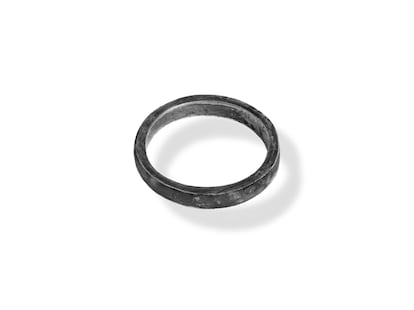
The movement for the recovery of historical memory began in 2000 following the exhumation of a mass grave of 13 Republicans who were shot by members of Falange, Spain’s fascist-inspired political party. The initiative was led by Spanish journalist Emilio Silva, whose grandfather was among the victims in the mass grave. Subsequently, relatives of others who had been killed approached Silva, asking him to help them recover the remains of their loved ones too. That was how ARMH was born. To mark the anniversary of the first exhumation of a mass grave using scientific techniques, the publishing house Alkibla has released Las Voces de la Tierra (or Voices of the Earth), a book containing photographs of 39 personal objects belonging to Franco’s victims, with descriptions by poets such as Antonio Gamoneda, actors such as Juan Diego Botto and singers such as Rozalén and Miguel Ríos.
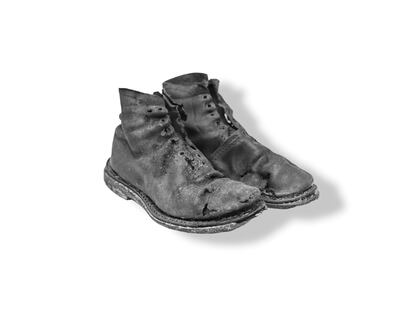
“At first the images of bones in a grave have a big impact, but with time people get used to them,” explains José Antonio Robés, whose photos fill the book. “That’s why I decided to photograph the objects so that they would speak for themselves; so that whoever saw them could put themselves in the victims’ shoes.”
The exhumations have unearthed shells and bullets, indicating how the victims died, but they have also uncovered wedding rings, carpenter’s pencils and sets of keys – evidence of the lives of real people who, loved, worked and had homes to go back to. The objects were all given to the photographer so the owners’ stories could be told; the stories of their lives before they were taken out of their homes at dawn to be killed for their ideas. “They are a shrine to those who laid the first stone of democracy,” explains Clemente Bernad, editor at Alkibla. All, as Silva recalls, were “civilians” and were shot “far from the trenches and enemy lines.” Some, like 19-year-old victim Perfecto de Dios, had barely begun their lives. He was shot in 1950. Six decades later his boots were discovered in a mass grave.
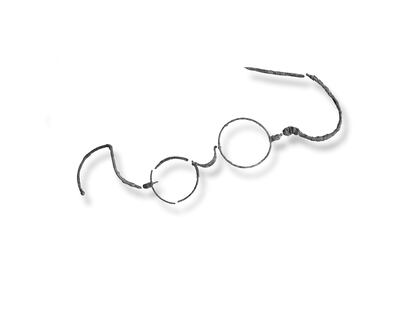
For the families of the victims, these personal items are absolute treasures. “They gave us the bones, but what meant most to us were the boots,” says Mari Carmen de Dios, who is glad that her father was able to fulfill the promise he had made to her mother before he died: to find Perfecto and to bury them together. “They help to tell the next generations who they were and why they died,” she adds.
María Alonso had bought the earring found with her in the grave with a lottery win, which also went towards her last trip with her sister. “We went to a museum in Madrid and she told me the story of all the paintings. She loved to read,” says Josephine.

In 2011, a colorful baby rattle was found inside a grave dating back to the Spanish Civil War. The toy belonged to Martín de la Torre Muñoz, who was nine months old when his mother, Catalina Muñoz Arranz, was executed. She had taken the rattle to her grave. Antonio Gamoneda, winner of the Cervantes Prize, writes a poem about the object: “They kept Martín back because at nine months, it might have been a little early to shoot him, although who knows?”
Miguel Ríos talks about the watch, similar to his father’s, recovered in a grave containing 15 miners in León: “A heart stopped in the middle of the countryside…” In a caption for a photo of another object, Juan Diego Botto writes: “Squeeze the pencil sharpener harder.’ Load! ‘She will continue to study and one day she will be a woman who can read and write.’ Aim! ‘The stench of hate and repression will not reach her. She will be a free woman and someday, in a better, more just country, she will come to take this pencil sharpener from among my bones, which is the only inheritance I could leave her.’ Fire!”
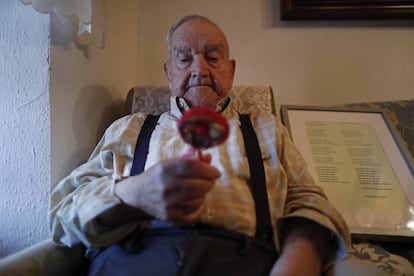
The role of justice
Forensic experts have drawn up reports on the graves of the victims of Francoism that have been opened, even though it is not required by the justice system. The exhumations of graves dating back to the Spanish Civil War and Franco dictatorship have had little success in the courts despite attempts by associations and family members to have judges treat those crimes as if they had been committed yesterday. Nevertheless, some progress has been made, as outlined by the book No Matás, Memoria Civil (or Don’t Kill, Civil Memory) written by lawyer Eduardo Ranz with a preface by former socialist prime minister José Luis Rodríguez Zapatero.
After several failed attempts, in 2016 Ranz managed for the first time to get a court to authorize the exhumation of Republicans who were buried without family consent in the Valley of the Fallen, a controversial memorial to the victims of the Spanish Civil War north of Madrid, where Franco was previously buried. But this court ruling has not yet been executed. Another of Ranz’s battles has been changing the Francoist symbolism within Spanish society such as street names, honorary titles and plaques – he has made more than 500 claims for breaches of the Historical Memory Law.
The Franco Foundation nicknamed Ranz “Robespierre’s apprentice,” after the French lawyer Maximilien Robespierre, and offered “low cost” legal services to city councils to fight the cases. On another occasion, Ranz says that they sent him a box of excrement and a message saying: “This is a small sample of the shit you are throwing at Spain.”
In 2005, the Franco Foundation did its best to prevent the removal of the equestrian statue of the dictator located in Madrid, a removal that Zapatero arranged to coincide with the birthday of Communist Party politician, Santiago Carrillo. The Franco Foundation’s attempts to stop the removal were vetoed by the Supreme Court, which considered that the Historical Memory Law “obliges all public administrations to adopt the appropriate measures to proceed with the removal of those commemorative monuments that represent an exaltation of the Civil War, in order to comply with the spirit of reconciliation and harmony that facilitated the birth of the Constitution of 1978.”
Other regional courts have issued similar rulings, but there are still vestiges of Francoism in Spanish society. Ranz points out that only five of the 11 municipalities with “Del Caudillo” in their names – indicating they belong to Franco or “the caudillo” – have changed them.
English version by Heather Galloway.
